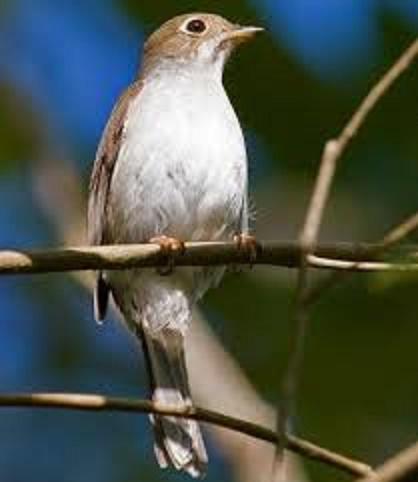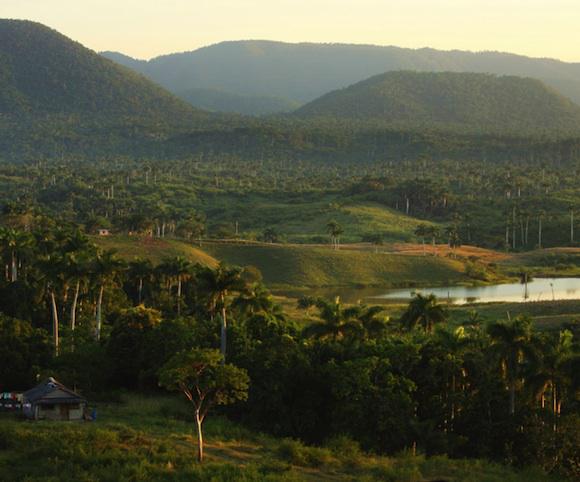
For three days I have been touring Mil Cumbres, in the westernmost region of Cuba. As I contemplate its lush forests, the tales of chroniclers of colonization come to mind, according to which at that time you could walk 200 leagues under the shade of trees and shrubs that covered much of the island.
I wonder if those men would have before them an image similar to the one I'm contemplating: palms, oaks, ceibas, guasimas, yagrumos and many other trees, which lived alongside the indigenous population, the first inhabitants of these lands. A rare backdrop completes the picture: the Sierra del Rosario and Sierra de los Órganos mountain subranges - which date back to the Jurassic and Cretaceous periods – together with hillocks of fanciful shapes that resemble huge prehistoric animals.
I have traveled every inch of this almost magical place, walked across its patchwork of lands covered by various types of forests, climbed peaks rising from the Pan de Guajaibón mountain; waded across rivers, delved into damp caves and enjoyed its varied and at times unique fauna. The area is famous for its huge Majá de Santa María, the Cuban boa, but is home to other equally curious species such as the Anolis vermiculatus or West Cuban anole.
But above all, it is its extensive and well-preserved forests, which are spread throughout the 17,342 hectares of the Protected Area of Managed Resources, which provide a mysticism that lifts spirits. It takes no great imagination to be left virtually spellbound by this landscape.
The region also holds cultural treasures, such as archaeological sites, nineteenth century ranches, evidence of a runaway slave settlement; places which saw fighting during the War of Independence, and in more recent history, the Cueva de los Portales, which served as the command headquarters of Ernesto Che Guevara during the Missile Crisis of October 1962.
To all this must be added the valuable efforts of human beings to preserve intact the nature, the soils, reforest the area, and build trails to fully enjoy such a beautiful place.
THE GREEN MAGIC OF THE SURROUNDINGS
It is the pine tree that dominates in Mil Cumbres, virtually covering the landscape. The gaze is lost in the pine forests that stretch up to the Cajálbana plateau. The Caribbean pine, according to experts, is the most widespread species in the area. Because of its abundance, it is mixed with other natural vegetation, of which there are eight types here, hence the flora is very diverse and interesting, including the cuabal plant, of great botanical value and one of the best preserved in the country, highly appreciated by experts.

There are 49 local endemic species, from plants such as granadillo, the wood of which is used to make musical instruments, to others that are currently being studied for possible use in medicine. Mil Cumbres is also home to different varieties of orchids and ferns, as well as other equally appreciated species.
Meriting special mention is a plant that can only be seen here, the cork palm (Microcycas calocoma), which has existed in this part of the country since prehistoric times. To see it, I was obliged to climb a winding path until the two knowledgeable and experienced specialists who accompanied me pointed out the tree, standing tall on some flat stones at the edge of a river, as if hidden in order to remain there for who knows how long.
As I proceeded into the forest, I was amazed at the abundant variety of birds whose habitat this is. Their melodious songs accompanied me each day. As it was in the month of March, when the first signs of spring appear and the birds begin their breeding period, it was hard for me to ignore their presence. At that time the Cuban trogon had especially captured my attention, as he didn’t flee in flight as strangers approached, but issued a mating call for females who seemed to be anxiously awaiting his signal.
This time, what caught my attention was a rare and little seen creature with an aura of mystery because of its almost unknown habits, which among enthusiasts have earned it the name of “mystical bird”: the Cuban nightingale. After a quick hike to a remote spot where I could hear fragments of his melodious trill, I made a commitment to finding him, something I would not achieve until much later.















